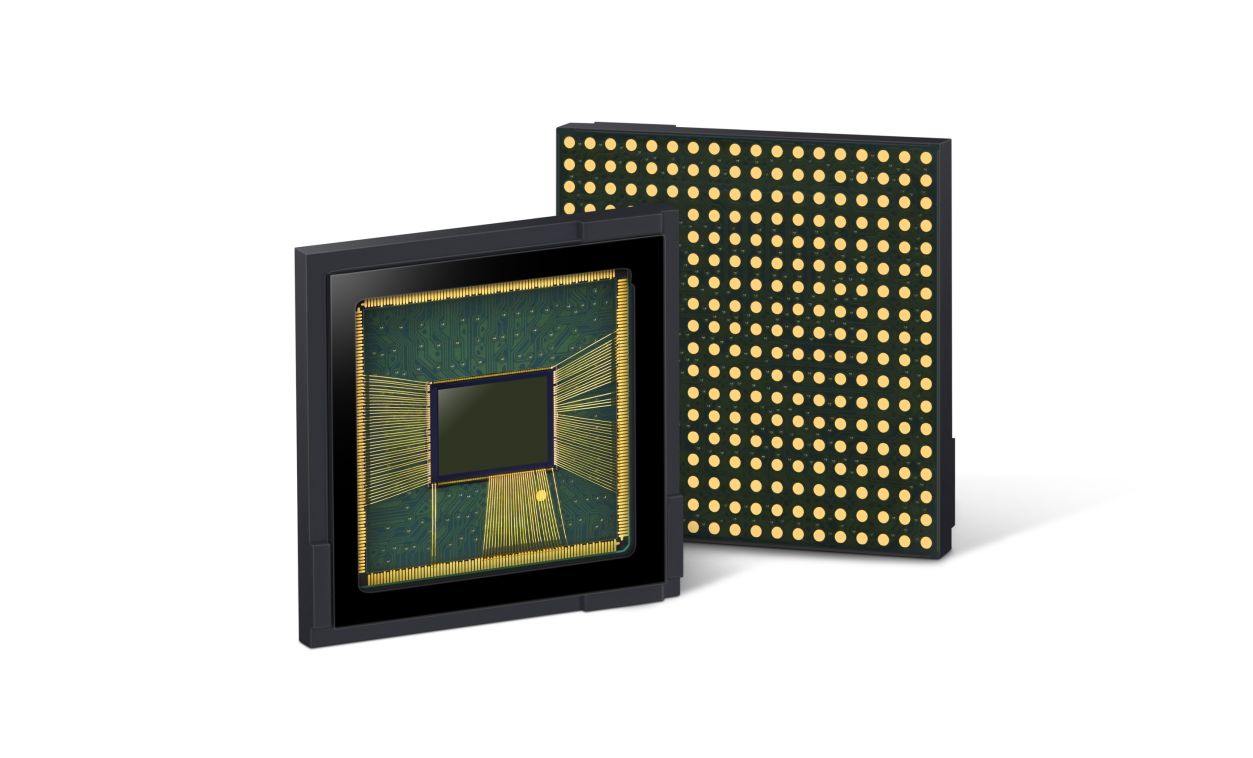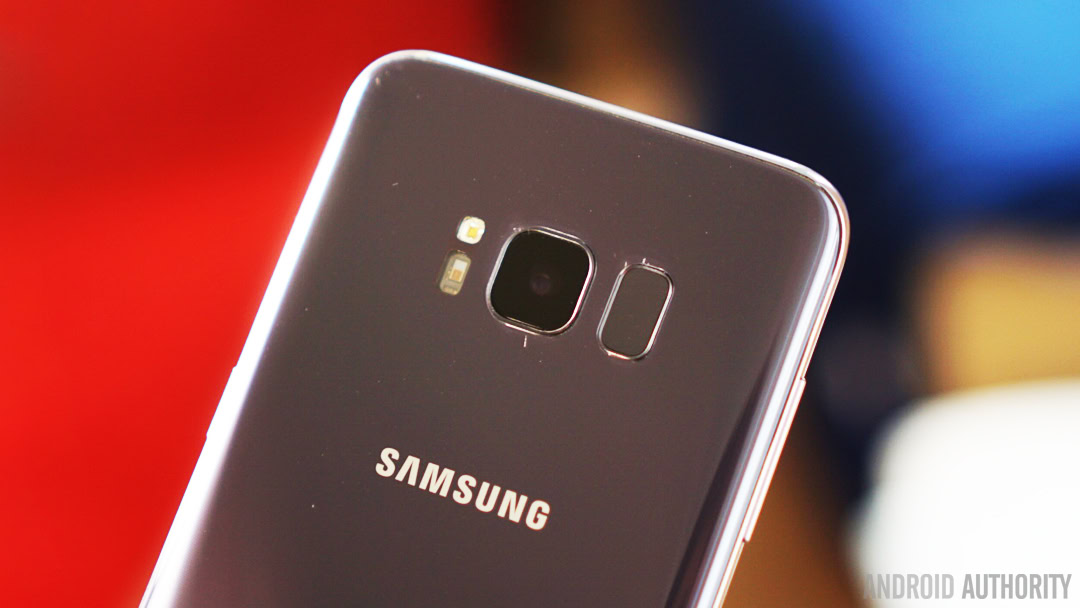Affiliate links on Android Authority may earn us a commission. Learn more.
Samsung wants to be the number one image sensor manufacturer, apparently
Published onMarch 15, 2018

- Samsung is said to be planning to increase its camera sensor production capacity.
- When finished, it could produce 120,000 sensors per month.
- The image sensors are mainly used in smartphone cameras.
Not content with recently being crowned the world’s top chipmaker by revenue and selling more smartphones than any other company in 2017, Samsung is now apparently setting its sights on taking Sony’s spot as the top producer of image sensors. This is according to Etnews, who suggests that Samsung wants to double its production capacity of the sensors before the end of 2018.
The article suggests that in the second half of the year, Samsung will convert line 13 at its Hwasung factory from being a line that produces DRAM, into one capable of producing image sensors. Samsung began converting line 11 for the same reason last year and conversion of the new line is said to happen once that has been completed.
While line 13 is said to be able to produce around 100,000 DRAMs per month, it will only be able to produce around half the amount of image sensors. Etnews quotes an industry source as saying that when the conversion process has been completed, line 11 and line 13 combined will be able to produce around 70,000 a month. When added to its existing monthly capacity of 45,000, Samsung will be able to produce around 120,000 a month.

Samsung has been busy developing its Isocell range of image sensors for use in smartphones (and also cars). The Isocell Fast 2L3 is currently being used in the Galaxy S9 and S9 Plus phones and is part of the reason that the device can record super slow motion video at 960 frames-per-second. The sensors produced by Samsung aren’t only going to be used in Samsung phones and ETNews article suggests that Samsung has over 10 external companies buying its sensors.
It’s perhaps unsurprising that Samsung is looking towards increasing its production of camera sensors. Some analysts think that the price of NAND and DRAM memory is going to drop in the near future due to increased production in China. Increasing its production of image sensors could, therefore, be a good way for the company to avoid being hit too hard by any potential losses of revenue that this would bring.